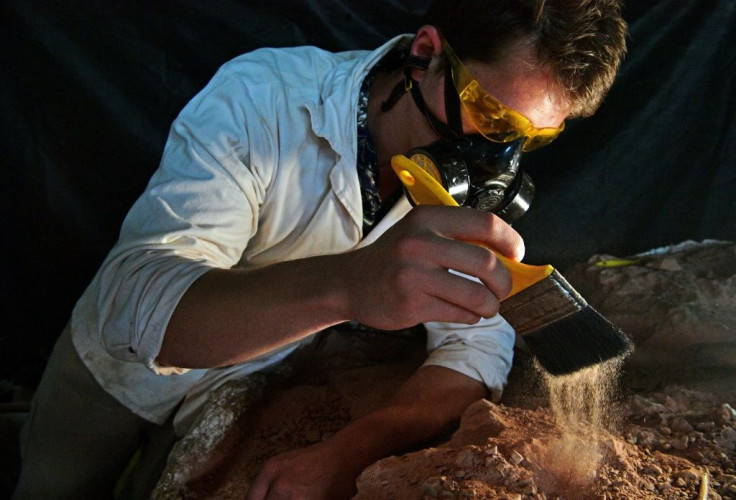300 Million-Year-Old Feces Reveal Diet Patten Of Unknown Extinct Animal
KEY POINTS
- They are the first coprolites of the Carboniferous age to be studied for organic molecules
- Despite being millions of years old, the samples were intact at a well-preserved fossil site
- Researchers say the feces belonged to a meat-eating animal
Move over dinosaur fossils, it's time for fossilized feces. Yes, you read that right. Researchers from Australia's Curtin University have conducted a study of rare, fossilized feces of an unknown extinct animal.
The team analyzed 306-million-year-old fossilized feces (coprolite) excavated from Mason Creek in Illinois. The study, published in the journal Biology, pointed to the predominantly carnivorous diet of the coprolite producer.
"The samples, collected from Mazon Creek in Illinois and supplied by Field Museum Chicago, are the first coprolites of the 60-million-year-spanning Carboniferous age to be studied for organic molecules," said lead author Madison Tripp, from Curtin's WA-Organic and Isotope Geochemistry Center (WA-OIGC).
Study of 300-million-year-old feces finds meat on the menu https://t.co/PcRZhixKjf https://t.co/gVIkDxv7V3
— Phys.org (@physorg_com) August 31, 2022
According to Tripp, the study has revealed significant biomolecular information that, notwithstanding millions of years old, was intact at a well-preserved fossil site.
The experiments done on the organic molecules found in the feces revealed a wealth of knowledge about the diet of the animal and pre-historic ecosystems.
"By studying these molecules preserved inside the fossilized feces samples, we found fascinating dietary information about an unidentifiable extinct animal from Earth's distant past — showing that the animal was a meat-eater or on a predominantly carnivorous diet," Tripp said.
"Interpreting the diets of extinct animals through the biomolecular analysis of coprolites is important for studying ancient environments and ecosystems, which may have implications for understanding, our current ecosystems," the researcher added.
The team concluded the feces belonged to a meat-eating animal.
"Molecular analysis of the feces or coprolites showed two clear indicators the animal was carnivorous. One was the high proportion of a variety of molecules derived from cholesterol, which is present in most animals, and the other is a distinct lack of plant-derived biomarkers," Tripp explained.
Study co-author Kliti Grice, director of WA-OIGC, said the research was a great reminder of the importance of exceptionally preserved fossil sites such as Mazon Creek.
"These hard, compact masses or carbonate concretions, which are known to have rapidly encapsulated the flora and fauna and are responsible for the exceptional preservation at Mazon Creek, are important in not only soft tissue preservation but also biomolecular preservation," the professor noted. "This means we can analyze and investigate ancient animals and ecosystems even when intact DNA is no longer present."
Highlighting the relevance of the study, Grice said, "Our study highlights the importance of future studies into the molecular preservation of such specimens, which have the potential to contain significant palaeoenvironmental and ecological information expanding on our previous research on Devonian and Jurassic fossils."
Grice won the Scientist of the Year honor at the 2022 Premier's Science Awards earlier this week.

© Copyright IBTimes 2025. All rights reserved.





















